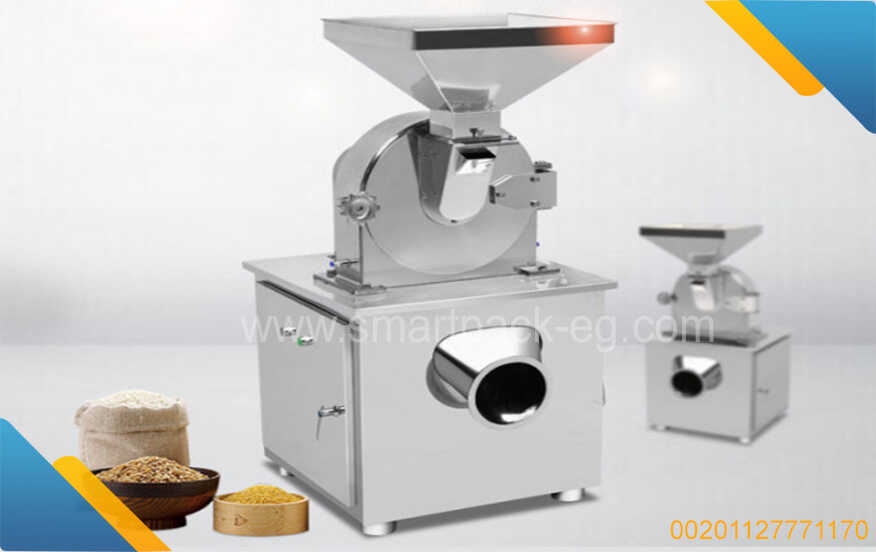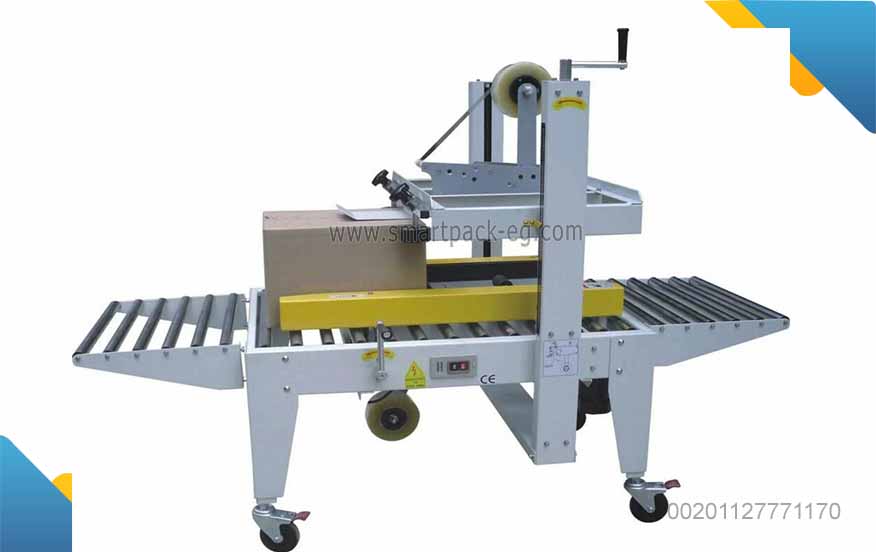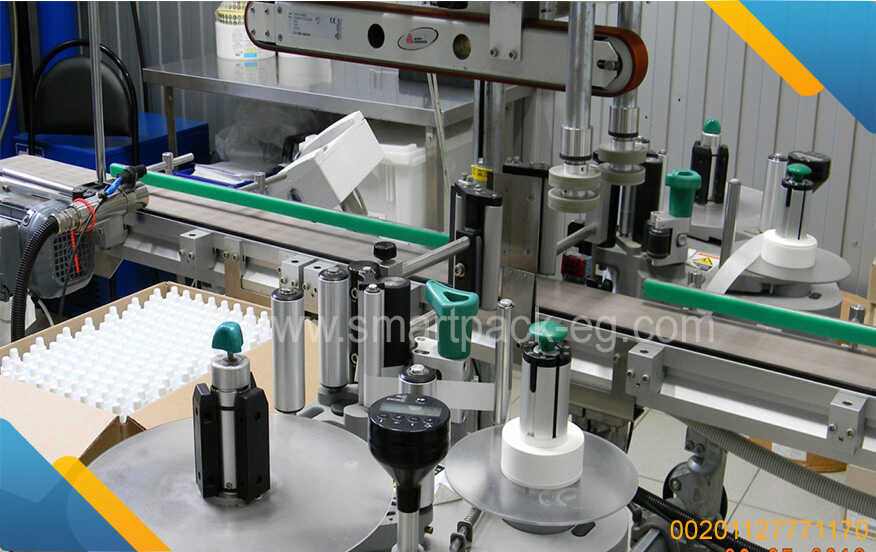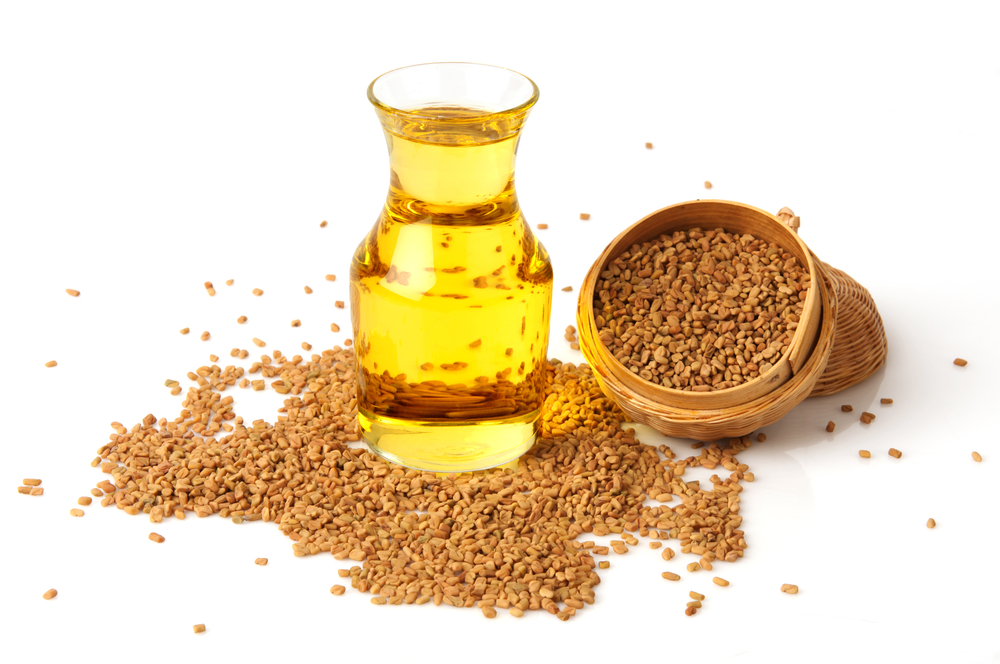How To Guide: Hydraulic Oil Production and Filling Plant Machinery and Components
Introduction:
Hydraulic oil plays a crucial role in various industries, providing power and lubrication to hydraulic systems. To ensure optimal performance, it is essential to have a well-designed and efficient hydraulic oil production and filling plant. This guide will walk you through the process, machinery, and components required for setting up a hydraulic oil production and filling plant.
-
Understanding the Process:
Before delving into the machinery and components, it is important to understand the basic process of hydraulic oil production and filling. The process typically involves the following steps:
a. Raw Material Preparation: Selecting high-quality base oils that meet industry standards.
b. Additive Blending: Adding specific additives to enhance the performance and longevity of the hydraulic oil.
c. Mixing and Homogenizing: Combining the base oils and additives while ensuring a consistent and uniform blend.
d. Filtration and Purification: Removing impurities and contaminants to achieve a clean and high-quality hydraulic oil.
e. Filling and Packaging: Filling the hydraulic oil into containers or barrels, followed by appropriate packaging for storage and transportation. -
Essential Machinery:
To set up a hydraulic oil production and filling plant, you will need the following machinery:
a. Base Oil Storage Tanks: Large tanks to store the selected base oils.
b. Additive Blending Unit: Equipment to mix and add specific additives to the base oils.
c. Homogenizer: Machine to ensure a homogeneous blend of base oils and additives.
d. Filtration and Purification System: Filters and purifiers to remove impurities and contaminants from the oil.
e. Filling Machine: Automated or semi-automated machine for filling the hydraulic oil into containers.
f. Packaging Equipment: Machines to package the filled containers for storage and transportation. -
Key Components:
Apart from the machinery, certain components are essential for the smooth operation of the hydraulic oil production and filling plant. These include:
a. Pumps and Motors: Required for transferring fluids between tanks and equipment.
b. Heat Exchangers: Used for temperature control during the blending and filtration processes.
c. Filtration Units: Filters of various micron sizes to remove particles and impurities from the hydraulic oil.
d. Control Systems: Sensors, gauges, and PLCs (Programmable Logic Controllers) to monitor and control the production process.
e. Pipes and Fittings: High-quality pipes and fittings to ensure the smooth flow of fluids without leaks or contamination.
f. Safety Features: Fire detection and suppression systems, emergency shut-off valves, and proper ventilation for safety compliance. -
Maintenance and Safety Considerations:
To ensure the longevity and safety of your hydraulic oil production and filling plant, regular maintenance and safety protocols are vital. Some considerations include:
a. Scheduled Maintenance: Regularly inspect and maintain machinery, components, and filters to avoid breakdowns and ensure optimum performance.
b. Contamination Control: Implement robust procedures to prevent contamination, such as proper storage, handling, and use of dedicated equipment for different oils.
c. Safety Training: Conduct specialized training for plant operators to understand safety protocols, emergency procedures, and handling hazardous materials.
d. Documentation and Compliance: Keep accurate records of maintenance, inspections, and safety practices to comply with industry regulations and standards.
Conclusion:
Setting up a hydraulic oil production and filling plant requires careful planning, appropriate machinery, and adherence to safety protocols. By understanding the process, investing in quality machinery and components, and prioritizing maintenance and safety, you can ensure the efficient production and filling of high-quality hydraulic oil for various industrial applications.

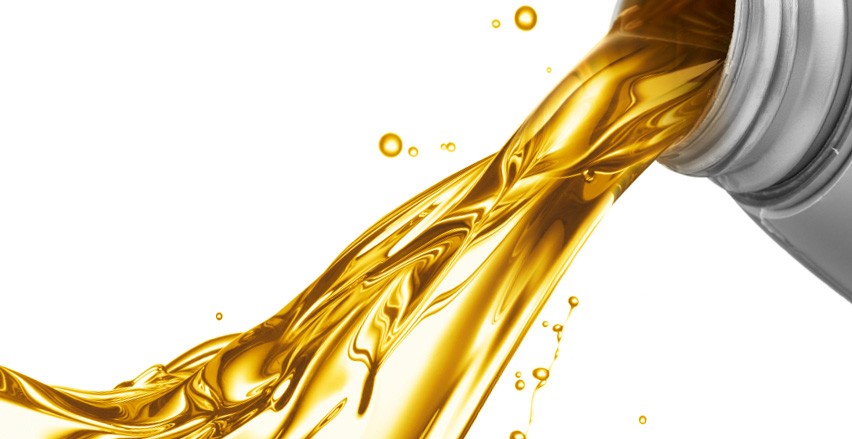
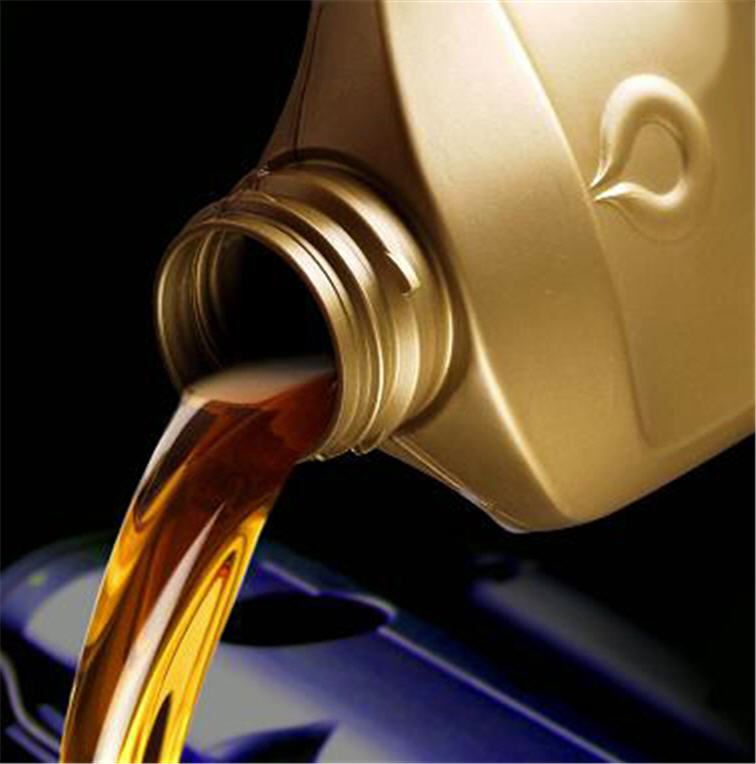
 Admin
Admin 